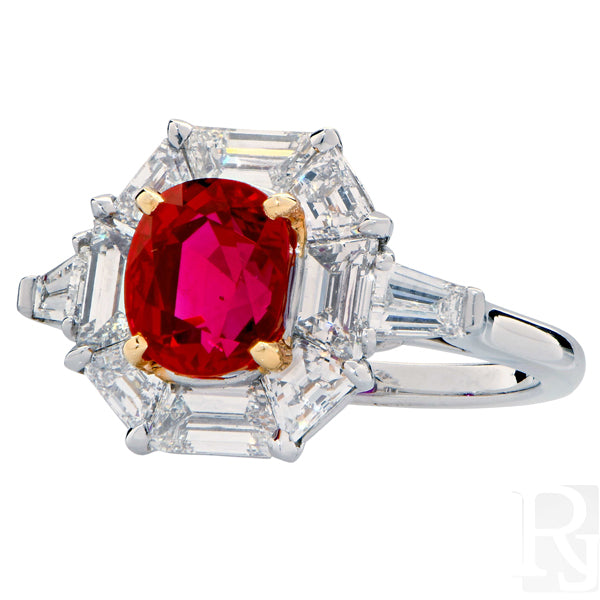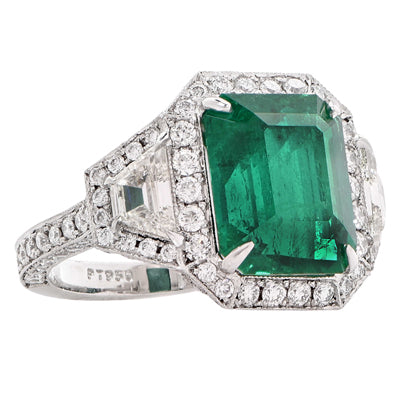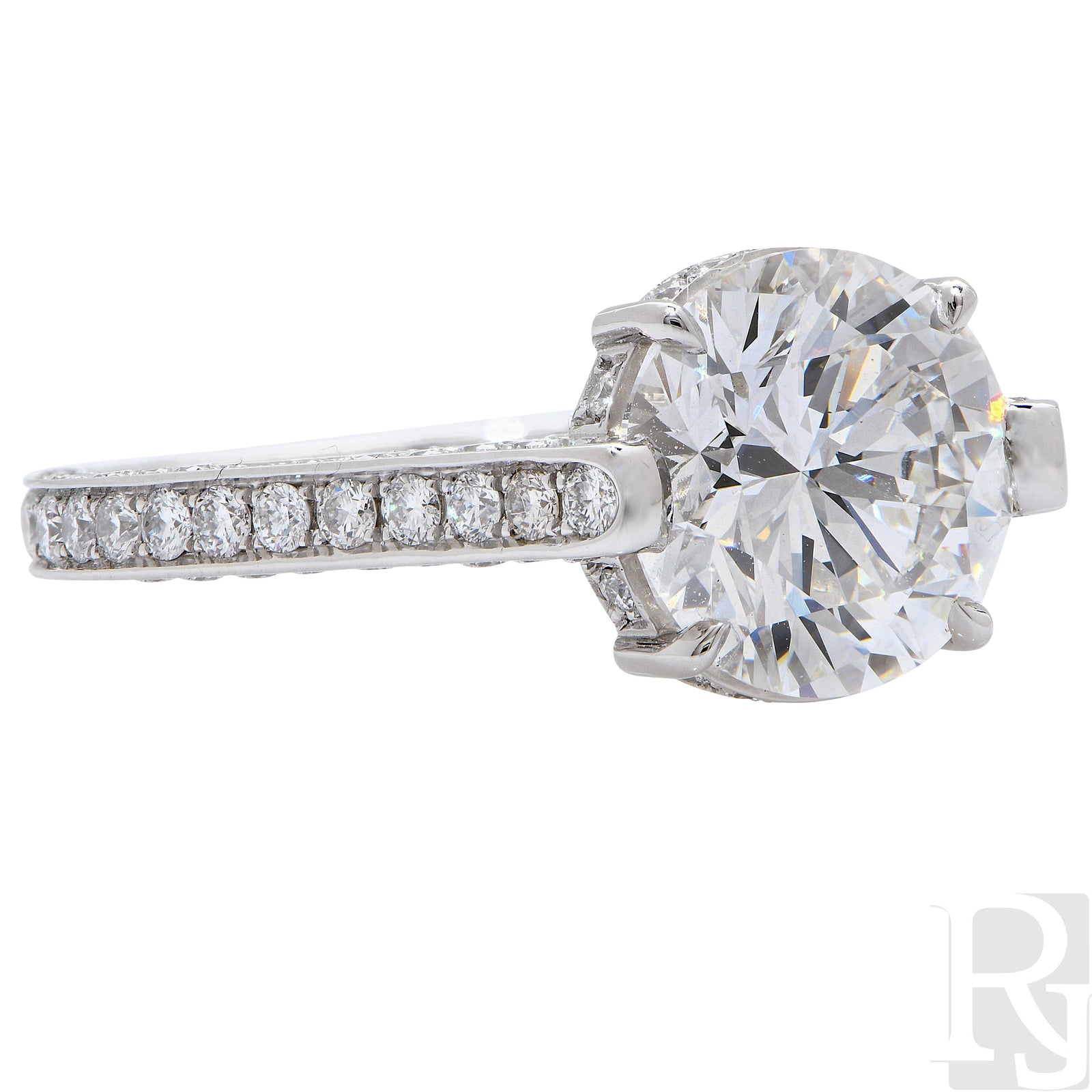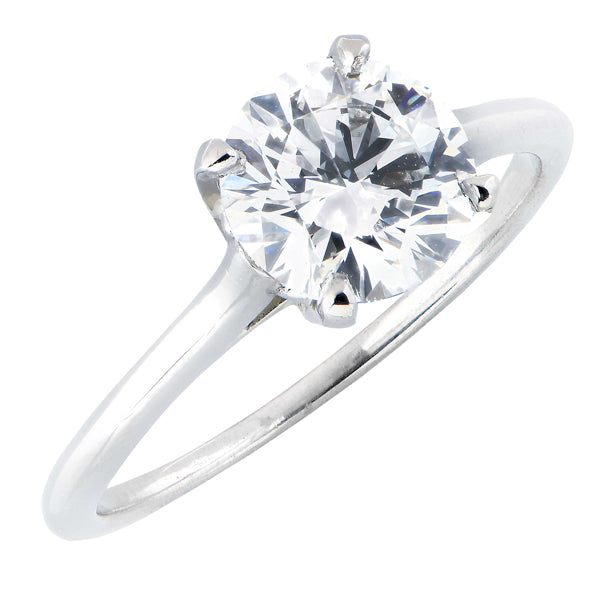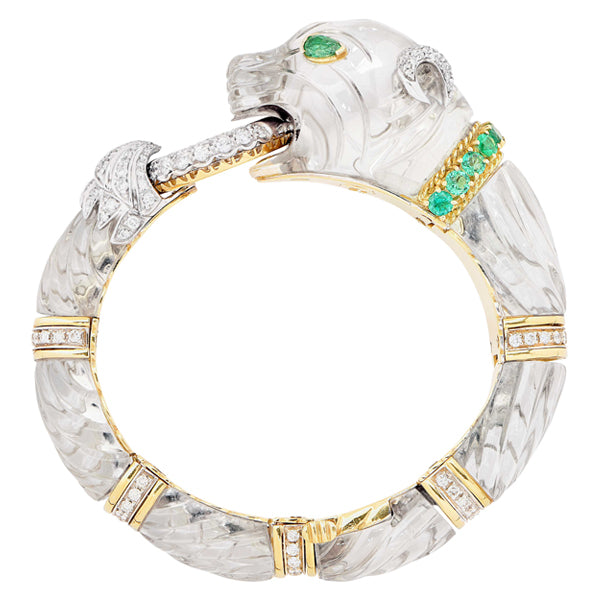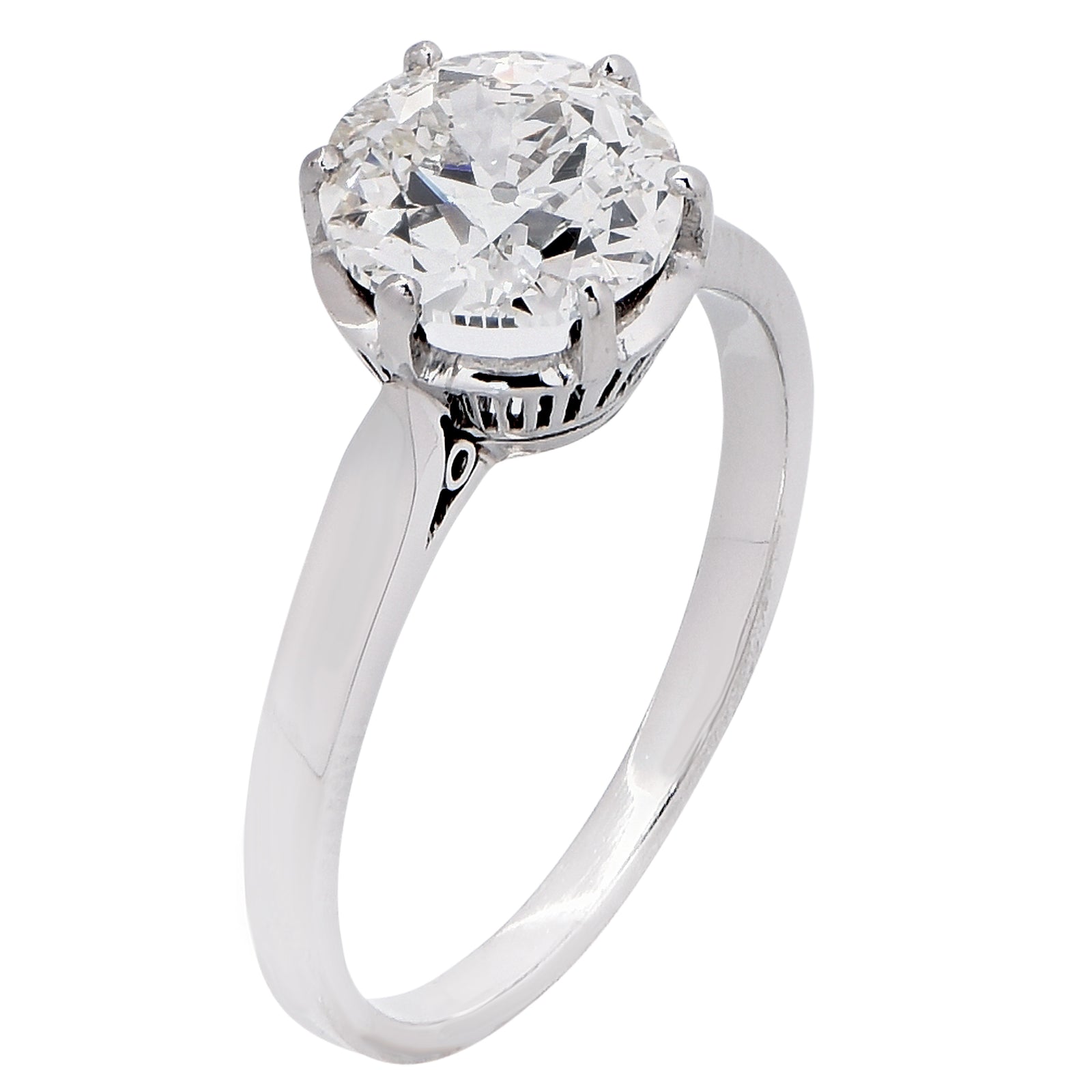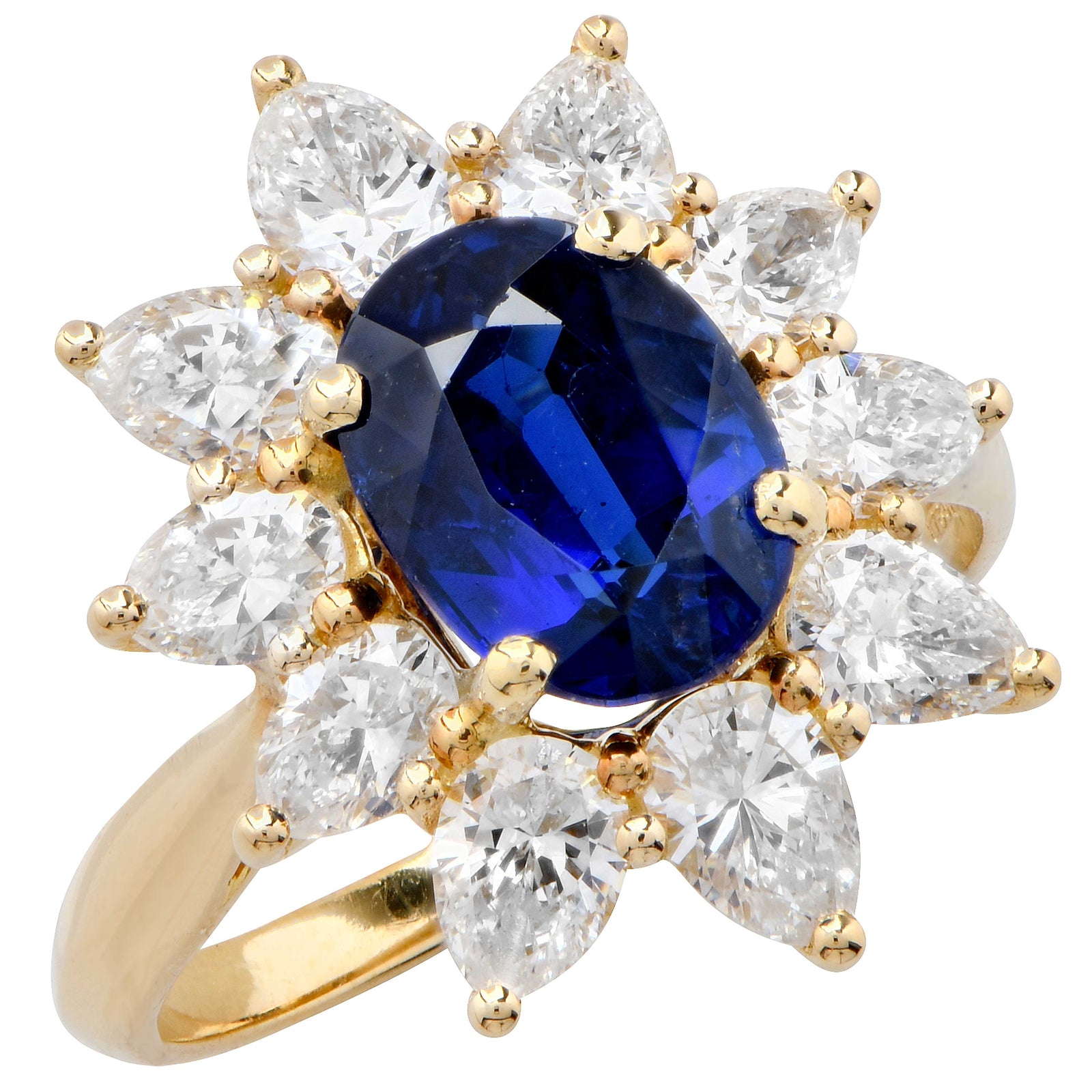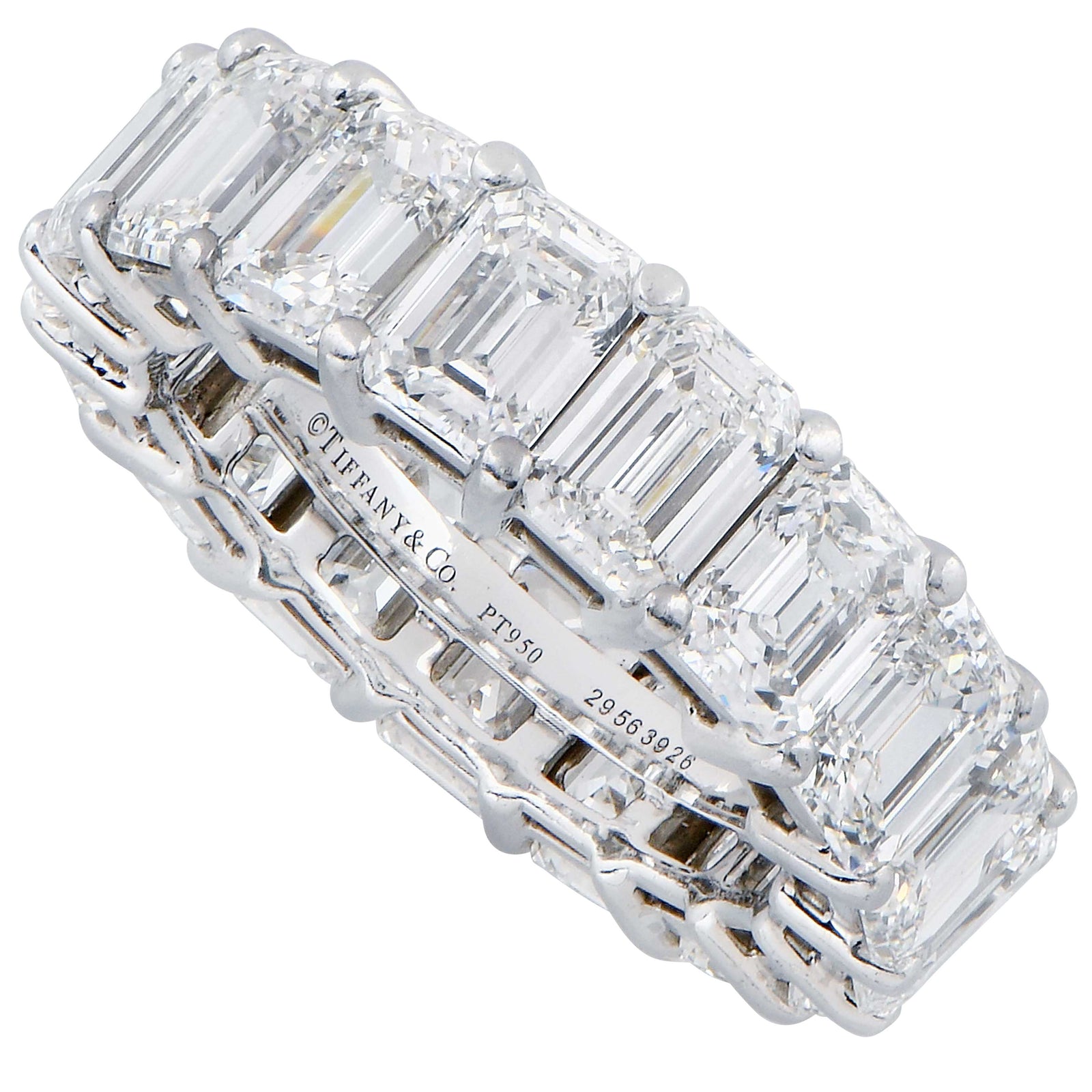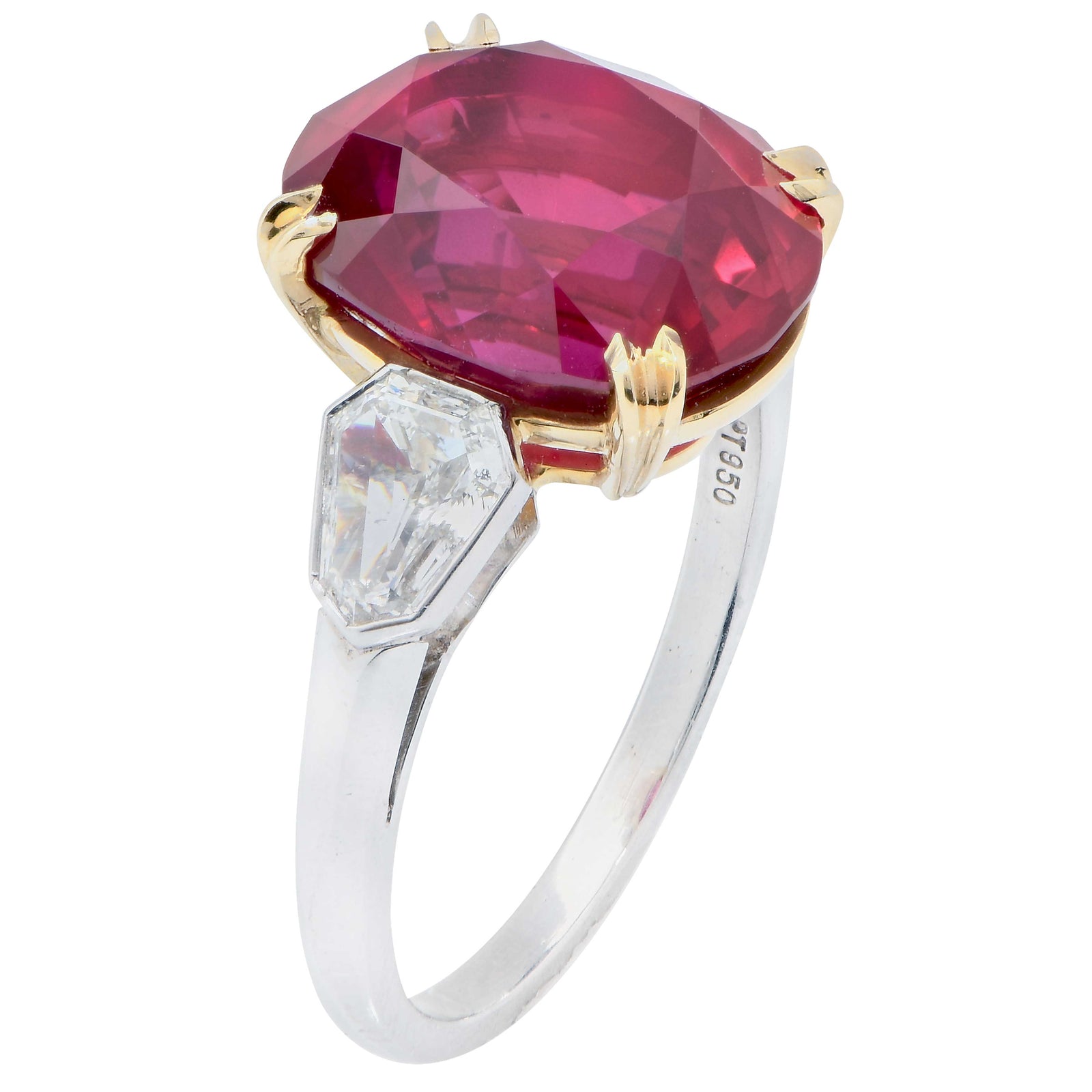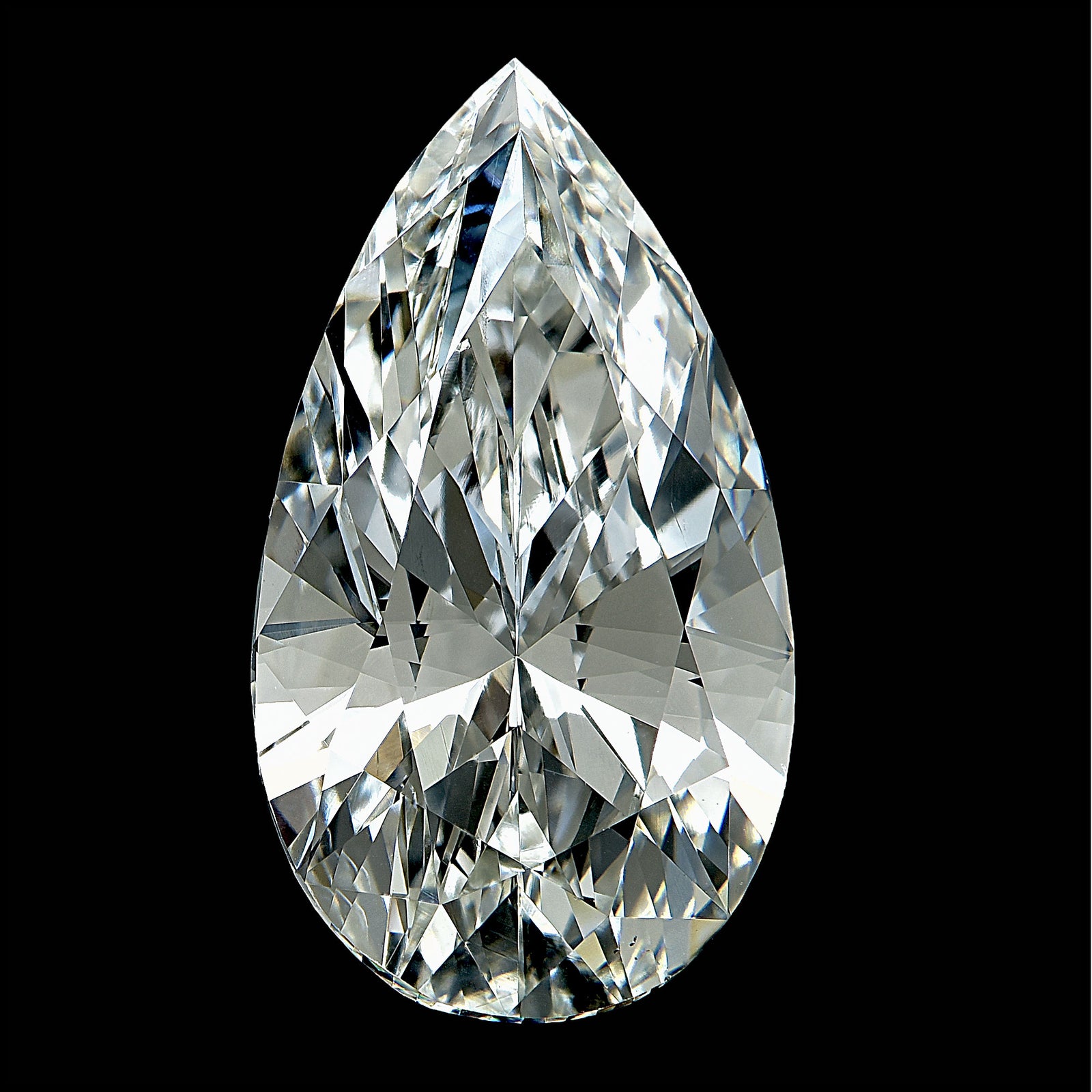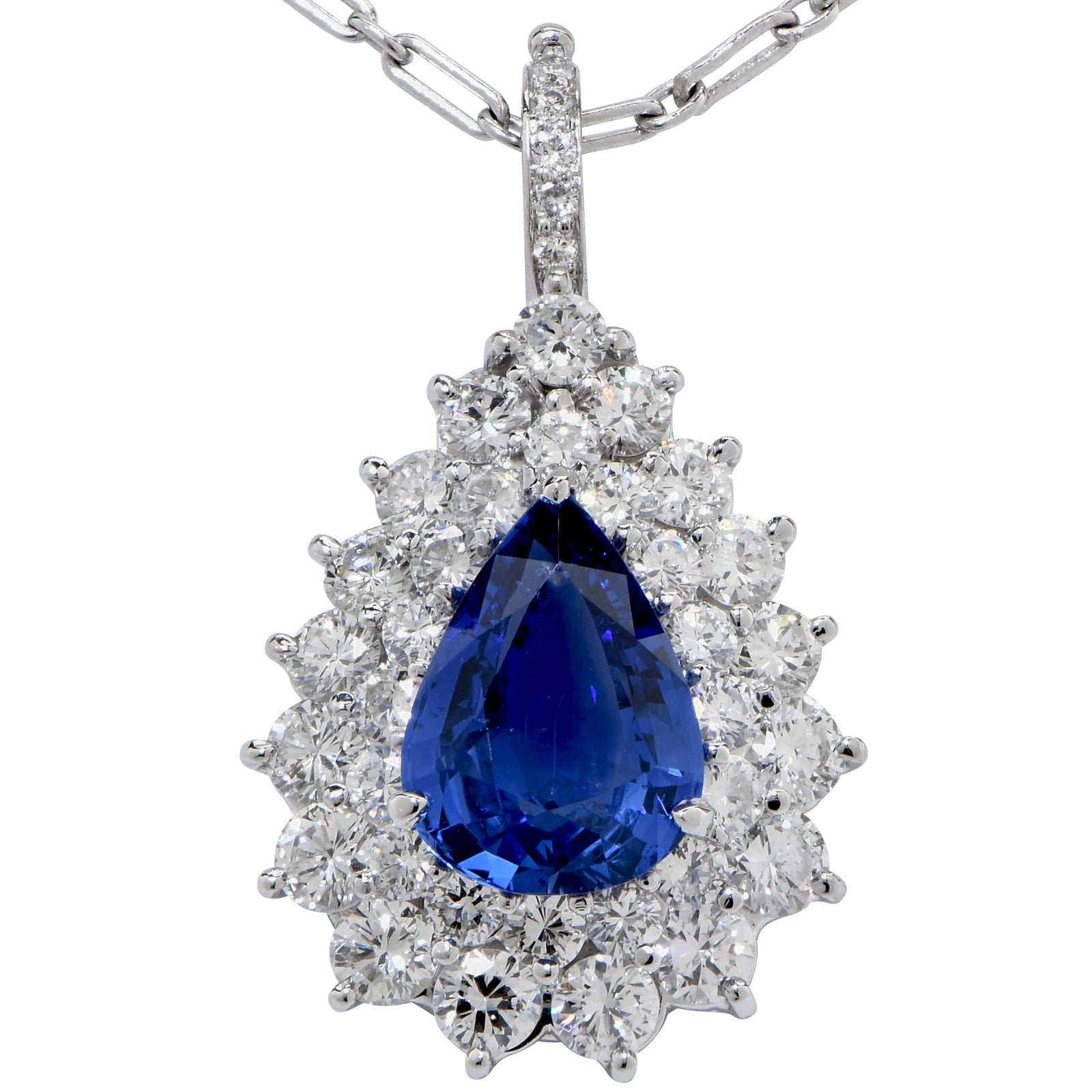There is a marketing effort by the synthetic diamond industry which is aimed at selling synthetic diamonds as having a low carbon footprint, or being eco-friendly. The FTC recently fined several synthetic diamond manufacturers for using claims of being carbon neutral or eco friendly when no research shows this to be a fact. There are currently three ways of diamonds are formed in this world of ours. Synthetic diamonds are grown in large machines located in factories not laboratories.
The first way is natural formation of diamond crystals in the mantle of our planet and then trough millions of years of geological activity these natural diamonds reach the surface or close enough to it, that mining can extract them. This process employs millions of people throughout the world and creates industry and industry supporting jobs which fuel the economy of several nations. Most of these occurring in emerging economies with little or no additional resources to fuel GDP for these nations.
The second way of forming a diamond is to use a technique called Chemical Vapor Deposition. In this process a seed diamond crystal is used as a base upon to grow layers of diamond crystals under a great amount of pressure and heat. This process takes place in a factory as can be seen on Image 1

Image 1 Synthetic Diamond Using CVD process
These factories consume an inordinate amount of electricity and are comprised of equipment which requires exotic metals to construct and toxic chemicals to maintain. This process can be called many things but eco-friendly or low carbon footprint are not one of them. The process is a closed loop which does not employ a large number of people and due to the low cost of the resulting product, does not significantly contribute to the welfare of any nation or large group of people. Synthetic diamonds are produced on a ongoing basis thus a supply chain with few limitations and known production rate creates a product, synthetic diamond, which in and of itself has very little value.
The third way of creating a diamond is to use High Pressure High Temperature presses which also aim at concentrating the growth of diamond crystals upon a host crystal but with a higher temperature and pressure. Again not laboratory grown but factory created and not very valuable at all. This process has an even larger footprint than the CVD process and uses great amounts of electricity, chemicals and delivers a synthetic diamond which has little or no value.

A typical HPHT factory can be seen on Image 2.
Once again this process contributes little to the GDP of the host nation as the resulting product is synthetic and has little value.
When you are sold a synthetic diamond you are being sold the equivalent of snake oil. It cures everything which is wrong with the diamond industry and it cures nothing! The only thing these synthetic diamonds do is enrich the middle men and sellers and deliver the look of a real diamond for a discounted price.
The value of a thing is based on how much someone is willing to pay for it a the current time. Synthetic diamonds currently have no resale value. An expose by CNBC can be seen here https://www.youtube.com/watch?v=2iE6QOuFITU . In this story they found that once you own it the value drops to very little and most jewelers who are reputable wont sell synthetic diamonds.
The lack of value of synthetic diamonds is such that recently Rappaport, an industry wide diamond trading network, refused to carry synthetic diamonds.
Regent Jewelers will never sell synthetic diamonds as their resale value is minimal and we would never lead our clients down a road filled with disappointment. Visit us today to experience our collection of GIA graded diamonds.

